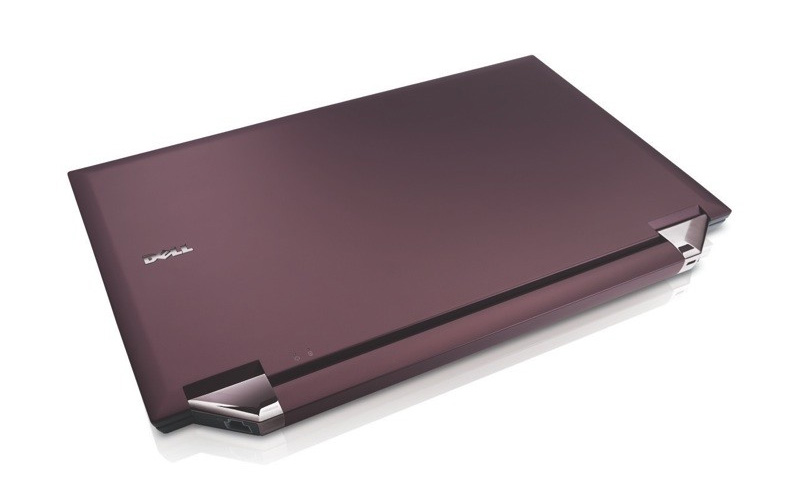
Ask any photographer and they’ll extol the virtues of an SLR (single-lens reflex) camera over a point-and-shoot consumer camera any day: depth of field, clarity, image quality, better control, and (of course) the ability to tap into all those nifty lenses and filters. But if you ask most consumers about the appeal of point-and-shoot digital cameras, one thing comes up over and over again: they want the cameras small and light so they’re easy to use and carry around. And accessories like lenses and filters? Puh-lease.
Today in Tokyo, Olympus and Matsushita (on the way to transitioning its corporate name to its Panasonic brand) announced a new format for digital cameras that promises smaller and lighter SLR cameras. Dubbed the Micro Four Thirds System, the new system is a mirror-free lens mount system based on (and compatibile with) the Four Thirds design, previously developed by Olympus and Kodak. The Micro Four Thirds design would use the same sensor size as a Four Thirds camera (13.5 × 18 mm), but removes the mirror box and optical viewfinder, reducing the distance fromt the lens mount to the sensor by about half. Users will need to frame their images using an LCD display or electronic viewfinder.
Cameras based on the Micro Four Thirds design will also feature a slightly smaller lens mount (44mm rather than 50mm), which in turn will enable the development of smaller lenses, although existing Four Thirds lenses will be usable with an adapter.
Olympus emphasized the Micro Four Thirds format will not replace existing Four Thirds technology, and the company plans to continue developing Fourth Thirds cameras. However, neither company announced any new products based on the Micro Four Thirds design; consumers will have to keep waiting to see what the design brings to the market place—and whether smaller SLR cameras will really appeal to consumers getting used to ultra-thin point-and-shoot devices. Olympus is promising the Micro Four Thirds cameras will have bodies thin enough to slip into a pocket, but did not reveal any specific size numbers.
Olympus is currently the fourth largest DSLR camera manufacturer; Matsushita is the sixth. Canon, Nikon, and Sony head up the market.


